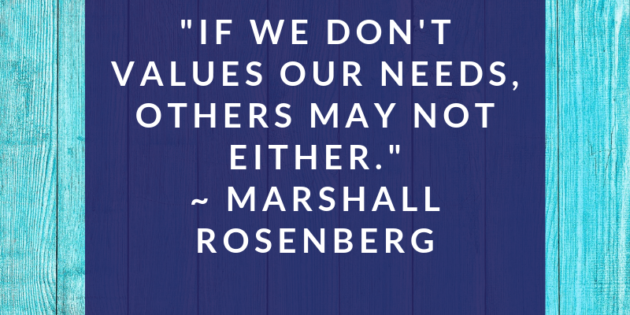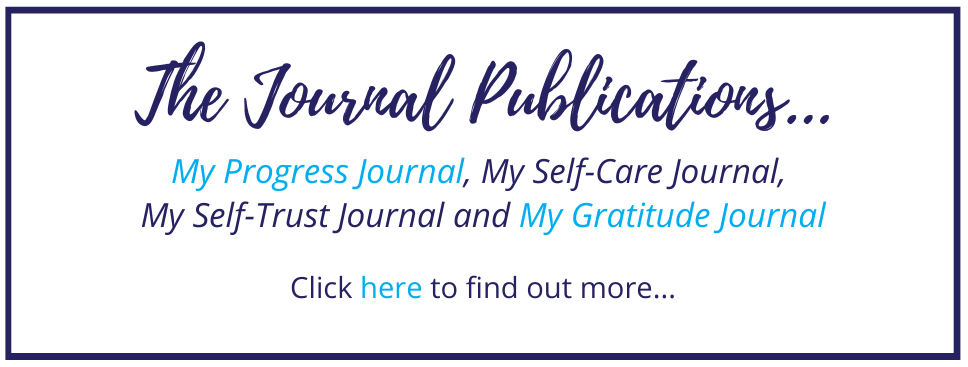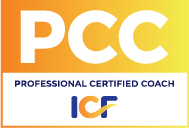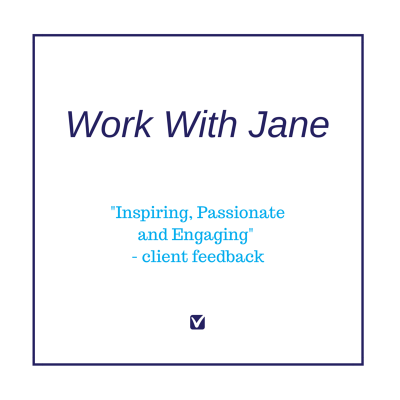Many highly sensitive women (and men) have challenges setting boundaries. They often deny their own needs to meet the needs of others and end up being people-pleasers. However, long-term this does not work well as we start to realise we are not responsible for other peoples’ feelings and and if we don’t value our own needs, other people may not either.
From Emotional Slavery to Emotional Liberation
In the book, Nonviolent Communication: A Language of Life, Marshall Rosenberg describes what he calls the movement from “Emotional Slavery to Emotional Liberation” (p. 57). He indicates this process goes through three stages. From blaming ourselves for the feelings of other people, then to where we feel angry and don’t want to be responsible for others feelings and finally to taking responsibility our own feelings and needs and taking in to consideration the needs of others.
Stage 1 – Emotional Slavery
Rosenberg calls the first stage “Emotional Slavery.” In this stage we believe we are responsible for other people’s feelings and must keep everyone happy (especially the one’s closest to us). If they are not happy, we feel as though we need to do something about it.
Stage 2 – The “Obnoxious Stage”
Stage two is where we can become angry and no longer want to be responsible for other people’s feelings. We can also become aware of the high costs of assuming responsibility for other people’s feelings. As Marshall jokingly indicates –
“I refer jokingly to this stage as the obnoxious stage because we tend toward obnoxious comments like, “That’s your problem! I’m not responsible for your feelings!” when presented with another person’s pain.”
In this stage we start to become clear that we are not responsibleforanother person’s feelings, however we have not yet learnt how to be responsible to others, so we are not still in stage 1, emotional slavery.
Stage 3 – Emotional Liberation
Once we take full responsibility for our own actions and intentions (not for the feelings of others), we move to what Rosenberg calls “Emotional Liberation.” In this stage, we respond to the needs of others out of compassion, not out of fear, shame or guilt. Therefore, our actions are fulfilling to us and the other people who receive our effort. Once we are clearly aware of our own feelings and needs, we can then communicate them in a way that also supports the needs of other people. This is what compassionate communication and non-violent communication supports us to do.
Over to You…
I hope this has given you some insight in to the stages that Marshall Rosenberg refers to as emotional slavery to emotional liberation. If you have any questions, please leave them below.
If you are ready to reclaim your courage and take the next step towards freedom and opening your heart, why not join our Toolkit?
Reference –
Rosenberg, M. (2015). Nonviolent Communication – A Language for Life. California, USA: Puddle Dancer Press.

















Leave A Response